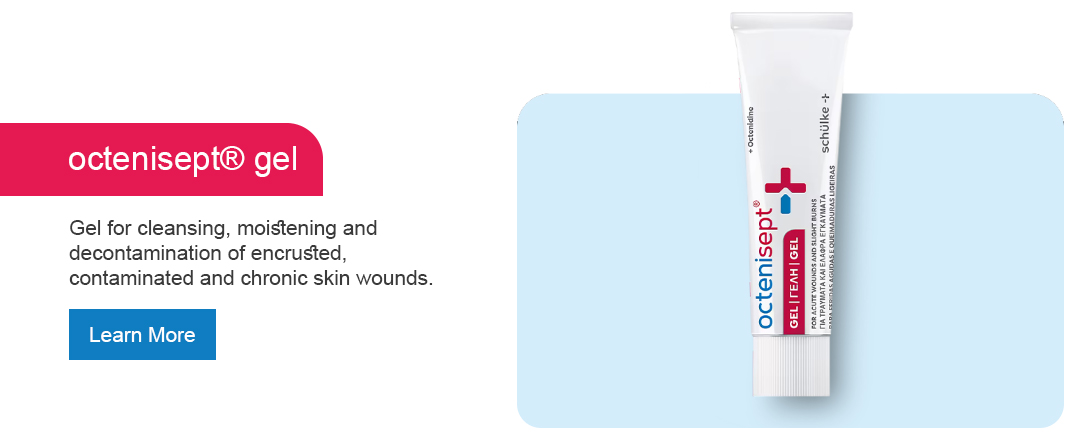A variety of incidents can lead to wounds, from a simple cut to more severe injuries like dog bites or amputation wounds. However, the nature and treatment of these wounds vary greatly. In order to understand this, we need to delve into the various types of wounds and the necessary care required for each.
Types of Wounds: An Overview
Wounds are typically categorized into two main types by medical experts:
- Open Wounds: This refers to injuries where the skin is broken or damaged. Open wounds are further classified into simple and complex wounds. Simple wounds only affect the skin’s surface, while complex wounds extend to deeper tissues like internal organs, bones, muscles, tendons, and joints.
- Closed Wounds: Here, the skin remains unbroken, but there are internal injuries. These injuries can occur due to bruises, contusions, closed fractures, or hematomas.

Following this general classification, wounds are further divided based on how they are formed.
Thermal Wounds
Thermal wounds occur due to exposure to extreme temperatures. These include:
- Heat-related injuries such as burns
- Cold-related injuries like frostbite
- Damage caused by electrical exposure
The severity of thermal wounds depends on the duration, area, and intensity of exposure. Notably, burns can result not only from hot water and steam but also from severe sunburn. Frostbite, though caused by cold, results in injuries similar to burns.
Mechanical Wounds
Mechanical injuries result from physical force and cover many open and closed wounds. They include:
- Blows
- Cuts
- Abrasions
- Stab wounds
- Bruises
- Bite wounds
- Lacerations
- Amputation wounds
These wounds may contain foreign bodies like tiny stones, glass shards, or splinters that must be removed during wound cleaning. It’s crucial to disinfect the wound after cleaning.
Radiation-Related (Actinic) Wounds
Radiation can damage the skin caused by alpha, beta, or gamma rays, as well as X-rays. These wounds are similar to burn injuries and are treated likewise.
Chemical Wounds
Chemical wounds occur when the skin comes into contact with an acid or alkali, resulting in painful wounds that resemble burns. Alkalis typically cause more severe injuries than acids. Chemical wounds are differentiated as follows:
- Alkali wounds result in a dry, firm scab, which may vary in colour based on the type of alkali.
- Acid wounds lead to a whitish, greasy scab.
Immediate treatment of chemical burns by a medical professional is crucial.
Chronic Wounds
Acute wounds are either minor, quickly healing injuries or more extensive open wounds requiring some time or stitches to recover. In contrast, chronic wounds are poorly healing injuries that either heal very slowly, continue to reopen, or don’t heal. It is considered chronic if a wound does not heal within eight weeks. Such wounds usually result from an underlying health condition, such as impaired blood circulation. Other risk factors include:
- metabolic disorders (e.g., diabetes)
- venous insufficiency
- cardiovascular diseases,
- weak immune systems
- rheumatic diseases
Treatment for chronic wounds involves identifying and addressing the underlying cause.
Appropriate Treatment for Different Wound Types
Treatment varies depending on the type of wound. Quick treatment is important for abrasions, cuts, burns, or animal bites to minimize the chances of complications and inflammation. Initial wound treatment should always include disinfection and diligent care throughout the healing process.
For sunburn, itching, and acute skin injuries like abrasions, cuts, and minor burns, a gel such as octenisept® gel can be applied. Irrespective of the type of injury, consulting a doctor can help prevent inflammation and potential complications promptly. For severe injuries or wounds, a doctor’s visit is essential.





